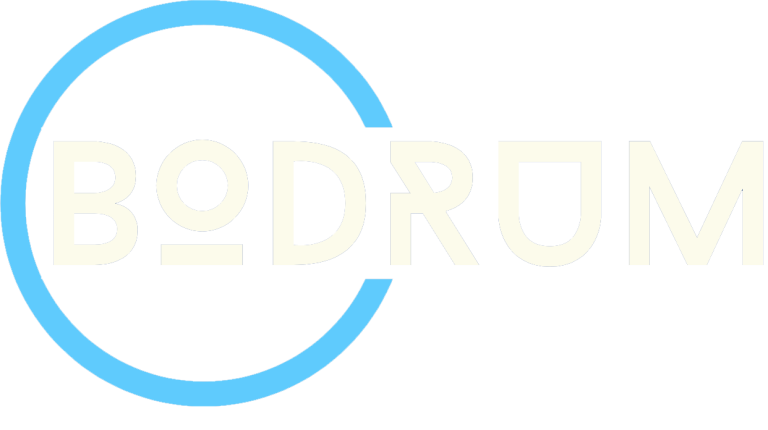In today’s digital landscape, the significance of social media content cannot be overstated. It serves as the cornerstone of any successful digital marketing strategy, offering businesses a direct line of communication with their audience. Let’s delve deeper into the world of social media content creation, exploring its definition, role in digital marketing, and key objectives.
Understanding the Importance of Social Media Content
Defining Social Media Content
Social media content encompasses various forms of multimedia, including text, images, videos, and interactive elements, designed for distribution across social media platforms. It serves to engage, inform, and entertain audiences while promoting brands and fostering relationships with customers.
The Role of Social Media Content in Digital Marketing
In the realm of digital marketing, social media content plays a pivotal role in driving brand visibility, enhancing customer engagement, and ultimately, driving conversions. It enables businesses to interact with their target audience in real-time, fostering brand loyalty and advocacy.
Key Objectives of Social Media Content Creation
Building Brand Awareness
One of the primary objectives of social media content creation is to increase brand awareness by reaching and engaging with a wider audience. Through compelling and shareable content, businesses can amplify their brand message and establish a distinct identity in the minds of consumers.
Driving Engagement
Engagement is the lifeblood of social media, and creating content that sparks meaningful interactions is essential for success. By encouraging likes, comments, shares, and other forms of engagement, brands can foster a sense of community and loyalty among their followers.
Generating Leads and Conversions
Ultimately, the goal of social media content creation is to drive tangible business outcomes, such as lead generation and conversions. By delivering targeted content that addresses the needs and pain points of their audience, businesses can nurture prospects through the sales funnel and convert them into paying customers.
Understanding Your Audience
Conducting Audience Research
Effective social media content creation begins with a deep understanding of your target audience. This involves identifying key demographics, such as age, gender, location, and interests, as well as analyzing psychographic factors, including attitudes, values, and lifestyle preferences.
Utilizing Social Listening Tools
Social listening tools allow businesses to monitor conversations happening across social media platforms in real-time. By tracking mentions, hashtags, and keywords related to their brand or industry, businesses can gain valuable insights into consumer sentiment, identify emerging trends, and uncover topics of interest.
Creating Buyer Personas
Buyer personas are fictional representations of your ideal customers, based on real data and insights. By developing detailed profiles that outline the goals, challenges, and pain points of different audience segments, businesses can tailor their content to resonate with the specific needs and preferences of their target audience.
Crafting Compelling Content
Choosing the Right Content Formats
Different content formats resonate with different audiences, so it’s essential to choose the right format for your message. Whether it’s eye-catching visuals, informative articles, or interactive quizzes, selecting the appropriate format can enhance engagement and maximize the impact of your content.
Developing a Content Calendar
Consistency is key when it comes to social media content creation, and a well-planned content calendar can help you stay organized and on track. By establishing a schedule for posting content and aligning it with your marketing goals and events, you can maintain a steady stream of relevant and timely content for your audience.
Implementing Brand Guidelines
Maintaining a consistent brand voice and tone is essential for building brand recognition and trust among your audience. By adhering to brand guidelines and incorporating brand values and messaging into your content, you can ensure that your brand identity remains cohesive across all social media channels.
Optimizing Content for Each Platform
Understanding Platform Algorithms
Each social media platform operates on its own unique algorithm, which determines how content is prioritized and displayed to users. By understanding these algorithms and tailoring your content to optimize organic reach, businesses can increase visibility and engagement with their target audience.
Platform-Specific Best Practices
Different social media platforms have distinct features and user behaviors, so it’s essential to tailor your content strategy accordingly.
- Facebook: Maximize engagement with visually appealing content and leverage features like Facebook Live and Stories to connect with your audience in real-time.
- Instagram: Craft visually stunning grid posts and utilize features like Instagram Stories and Reels to showcase your brand’s personality and creativity.
- Twitter: Craft concise and engaging tweets that spark conversations and participate in trending hashtags and chats to increase visibility and reach.
- LinkedIn: Publish thought leadership articles and engage with professional networks and groups to establish your brand as an authority in your industry.
Measuring Performance and Iterating
Setting Key Performance Indicators (KPIs)
To gauge the effectiveness of your social media content strategy, it’s essential to define key performance indicators (KPIs) that align with your business objectives. These may include metrics for reach and visibility, engagement and interaction, and conversion and ROI.
Analyzing Performance Data
Utilizing analytics tools provided by each social media platform, businesses can track and analyze the performance of their content in real-time. By identifying high-performing content and analyzing trends over time, businesses can gain valuable insights into what resonates with their audience and optimize their content strategy accordingly.
Iterating and Optimizing Strategies
Social media is a dynamic and ever-evolving landscape, so it’s essential to continually iterate and optimize your content strategy based on feedback and insights from your audience. This may involve A/B testing different content formats and messaging, experimenting with new features and trends, and incorporating feedback from audience interactions to refine your approach.
Conclusion
In conclusion, social media content creation is an integral component of any successful digital marketing strategy. By understanding the importance of social media content, setting clear objectives, and leveraging audience insights and best practices, businesses can create compelling content that resonates with their audience and drives meaningful results. As the landscape continues to evolve, embracing creativity, innovation, and emerging trends will be key to staying ahead of the curve and achieving success in the ever-changing world of social media.


